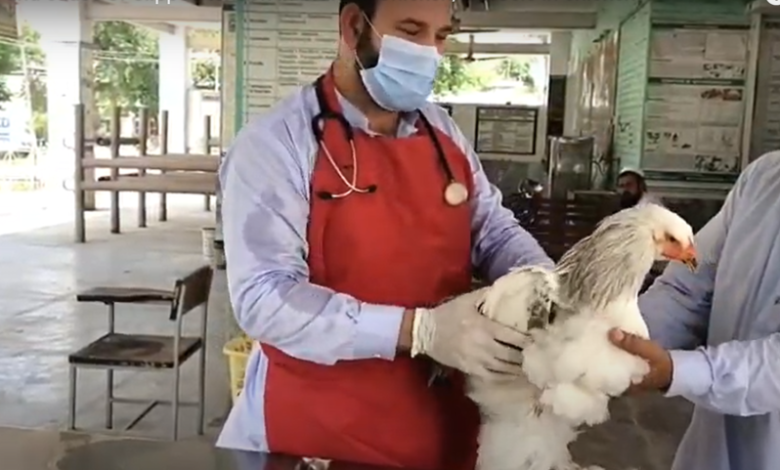Slipped Tendon in Brahma Chickens: Causes and Prevention

Slipped tendon, also known as perosis, is a debilitating condition commonly affecting Brahma chickens, particularly young chicks under six weeks old. It manifests as a deformity in the hock joint, causing the leg to twist outward and the foot to turn sideways. This condition significantly impacts the bird’s mobility and quality of life.
Several factors can contribute to the development of slipped tendon in Brahma chickens:
Nutritional Deficiencies:
Manganese:
Manganese deficiency is the most significant cause of perosis. This essential mineral plays a crucial role in bone and cartilage development. Insufficient manganese intake weakens the Achilles tendon, making it more prone to slipping from its groove in the hock joint.
Choline:
This nutrient is vital for cartilage formation and cell development. Choline deficiency can lead to weakened tendons and bones, increasing the risk of perosis.
Zinc:
Zinc deficiency can interfere with bone and cartilage metabolism, contributing to the development of slipped tendon.
Biotin:
This vitamin plays a role in fatty acid metabolism and is essential for healthy skin and feathers. A biotin deficiency can indirectly impact leg development and increase the risk of perosis.
Other vitamins:
Deficiencies in vitamins B1, B2, B6, folic acid, niacin, and vitamin E might also contribute to slipped tendon, although their individual roles are less established.
Genetics:
Brahma chickens, being a large breed, face challenges due to their rapid growth, which can strain developing bones and tendons. This inherent predisposition, coupled with nutritional deficiencies, heightens the risk of perosis.
Furthermore, certain Brahma bloodlines may carry a genetic predisposition to perosis, rendering them more susceptible to this condition. These factors underscore the importance of proactive measures in nutrition and genetic selection to mitigate the potential impact on the health and well-being of Brahma chickens
Management Factors:
Slipper floors:
Slick floors can lead to leg injuries and increase the risk of perosis. Providing chicks with adequate traction is crucial for preventing leg problems.
Overcrowding:
Overcrowded housing can result in competition for food and water, leading to nutrient deficiencies and ultimately, perosis.
Incubator temperature and humidity:
Improper incubation conditions can affect chick development and increase the risk of skeletal deformities, including slipped tendon.
Prevention:
Balanced Diet:
Ensuring the health of Brahma chicks involves providing a balanced diet rich in essential nutrients. Particularly crucial are manganese, choline, zinc, biotin, and other vitamins. High-quality chick starter and grower feeds formulated for large breeds are highly recommended.
Adequate Flooring:
Offering chicks a rough, non-slip surface to walk on helps prevent leg injuries and promotes proper leg development.
Proper Spacing:
Maintaining adequate space in the brooder and coop prevents overcrowding and ensures all chicks have access to food and water.
Optimal Incubation:
Ensuring proper temperature and humidity levels within the incubator is essential for healthy chick development and reduces the risk of skeletal deformities.
Genetic Selection:
Reducing the risk of passing on genetic predisposition for perosis involves selecting breeding stock from healthy lines. Early detection is crucial for managing perosis in Brahma chickens. Observe chicks for signs such as leg weakness, outward twisting, and enlarged hock joints. Early identification allows adjusting the diet, ensuring proper housing, and promptly consulting a veterinarian for intervention, thereby enhancing the chick’s quality of life.
Moreover, understanding the causes of slipped tendons and implementing preventive measures is key for Brahma chicken breeders. By adopting proactive strategies, breeders can significantly reduce the risk of this debilitating condition. This approach ensures that their chicks develop strong, healthy legs and thrive in a supportive environment conducive to their overall well-being.
Visit,




